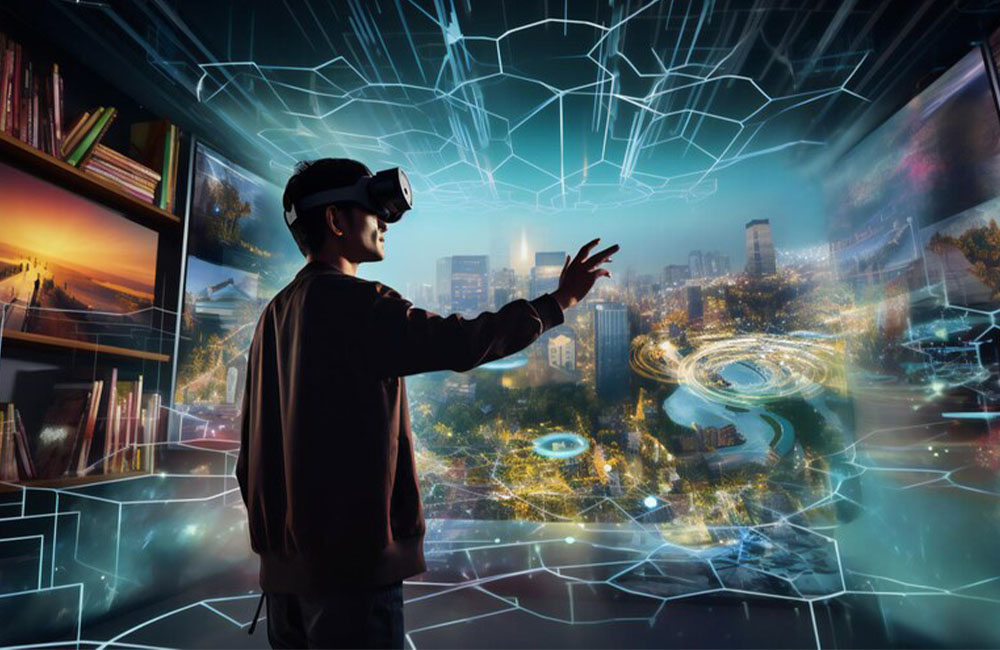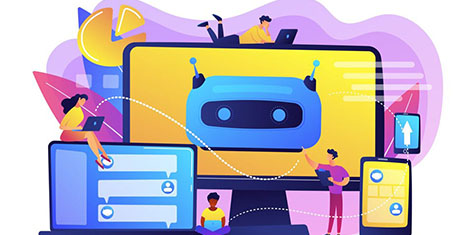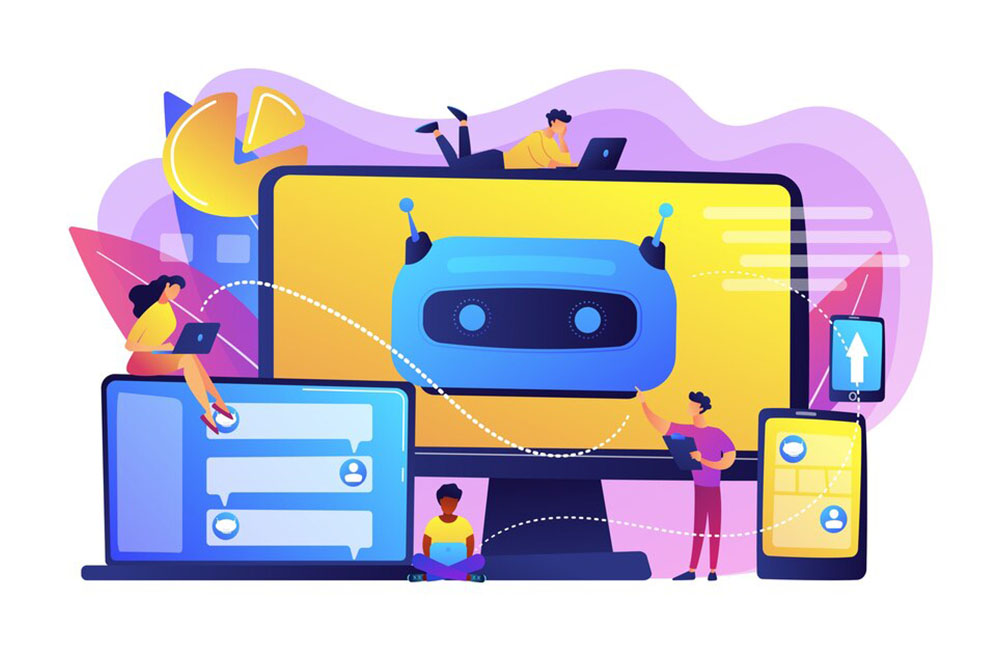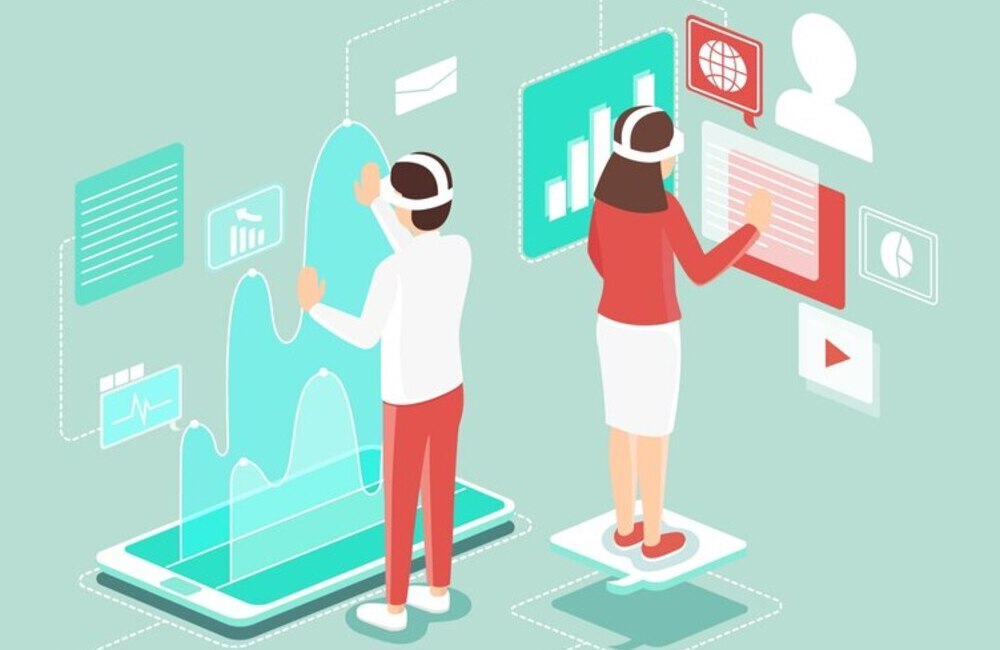Having an online presence for businesses is no longer an option; it is more of a requirement these days. Social media is used by businesses of all sizes to increase their online presence, get followers, and communicate with their target consumers. With this, it is safe to assume that you will no longer find any business these days that are not on social media.
However, whether you’re just getting started or a seasoned veteran, there’s always room for growth. So, here are 4 easy reminders to help you boost your social media game and market your brand successfully.

Optimizing Digital Campaigns with Machine Intelligence
- April 12, 2024
The need for customized experiences has grown in importance in the ever-changing world of digital marketing. Here we have algorithmic content curation, a game-changing method that uses AI to personalize material based on user preferences. In this article, we look at how AI will affect digital marketing in the future by examining the function of algorithmic content selection in creating tailored experiences.
Gaining Familiarity with Algorithmic Content Review:
In algorithmic content curation, artificial intelligence algorithms sift through mountains of data in order to provide consumers with tailored suggestions. These algorithms are able to tailor content recommendations to each user’s unique interests by analyzing their past activities, current tastes, and interactions with the platform. A more personalized and interesting user experience, rather than a cookie-cutter one, is the result of this adaptive strategy.
Algorithmic Content Curation Essentials:
The foundation of algorithmic content curation is machine learning algorithms. Over time, these algorithms are able to provide increasingly precise predictions about user preferences because they learn and change in response to human interactions.
Analyzing User Behavior: Clicks, dwell time, and engagement patterns are all part of user behavior that algorithmic content curation takes into account. Algorithms may learn from user interactions with information to provide better recommendations.
Algorithms are able to construct a complete picture of each user by integrating data from several sources, including profiles, browsing histories, and demographic information. With this comprehensive view, we can provide better suggestions for material.
Personalization in Real Time: Algorithmic curation, in contrast to static material, functions in real time. Algorithms constantly tweak suggestions based on user activity, making sure that supplied information is always tailored to each person’s changing tastes.
How it Affects User Engagement:
Algorithmic content curation improves relevance by showing consumers material that is highly relevant to their interests. The chances of user engagement and pleasure are increased by this heightened relevance.
Digital platforms saw an increase in dwell time as a result of personalized content suggestions. As a whole, user retention and dwell time are both boosted by algorithms because of the constant flow of personalized material they provide.
Increased Conversion Rates: People are more likely to take action when they see material that speaks to their interests. By improving the content distribution process, algorithmic curation helps marketers better match their efforts with user preferences, which in turn increases conversion rates.
Enhancement of User Loyalty: Users develop a stronger feeling of connection and loyalty via personalized experiences. Users are more inclined to stick with a platform over the long haul if they get the impression that it gets them and their tastes.
Obstacles & Things to Think About:
There are a lot of things to think about and overcome before automated content curation can reach its full potential. We must prioritize privacy issues, address the potential of filter bubbles, and ensure openness in algorithmic decision-making.
In sum:
By delivering tailored experiences based on user preferences, AI-powered algorithmic content curation is changing the face of digital marketing. Companies need to find a way to take advantage of algorithmic curation while also dealing with ethical concerns as technology keeps becoming better. Digital marketers of the future will be able to use AI to their advantage by providing viewers with personalized experiences rather than generic material.
Related articles
Contrary to popular belief, Lorem Ipsum is not simply random text. It has roots in a piece of classical Latin literature from 45 BC, making it over 2000 years old.


















